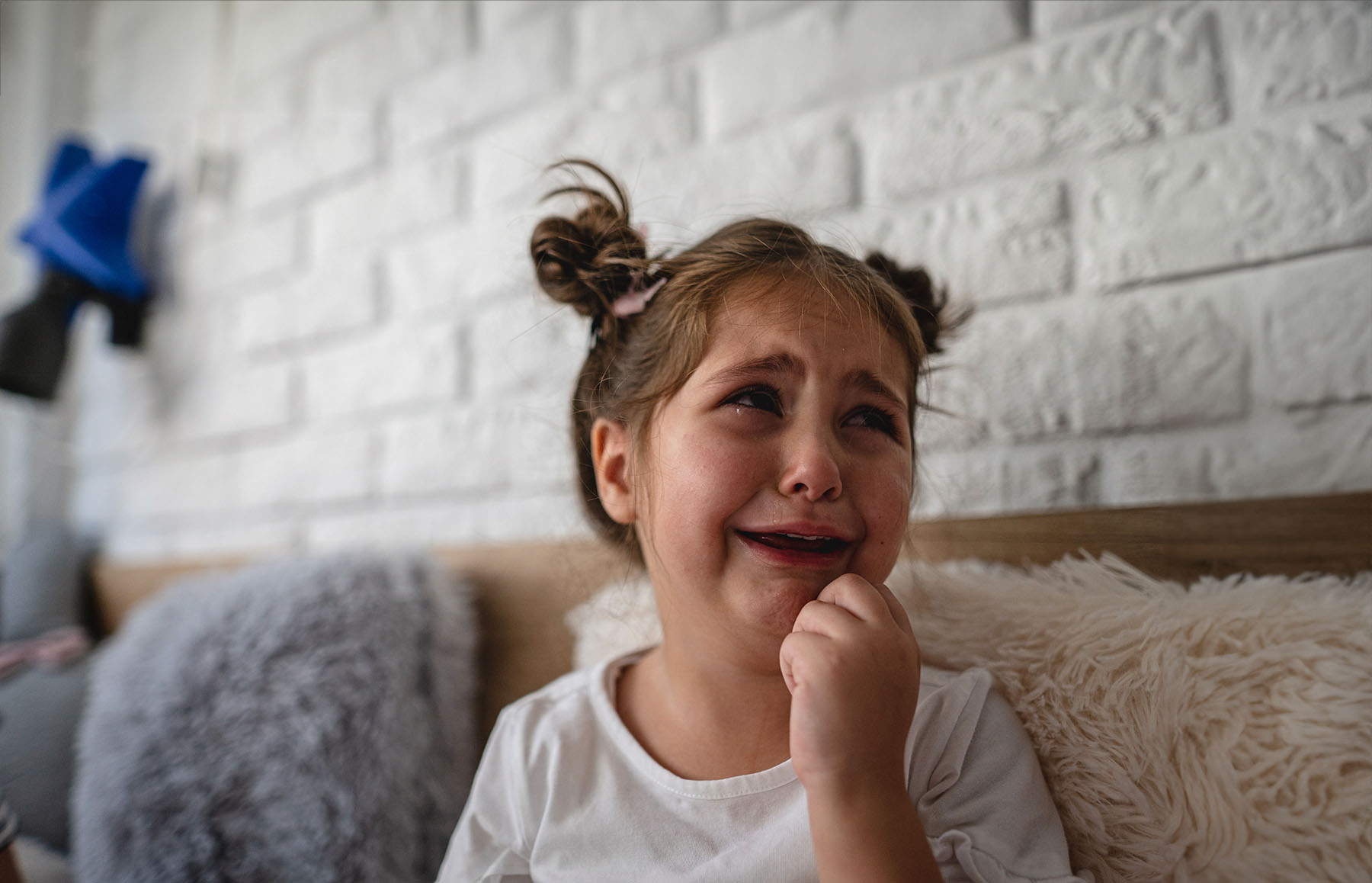What Exactly are Growing Pains?

Childhood growing pains are, surprisingly, not the result of growth spurts. This pain isn’t limited to areas of children’s growing bones. Pediatricians aren’t sure what causes these musculoskeletal cramps they call “benign nocturnal limb pains of childhood.” Benign means that this aching pain, while uncomfortable, isn’t dangerous or harmful.
Seeing your child suffer, regardless of the reason or risk involved, can be distressing. But knowing how to respond to growing pains can both ease your mind and your child’s discomfort.
Who experiences growing pains?
- It occurs in children ages 3 to 12 years and usually decreases in the second decade of life.
- It’s the most commonly reported pain in healthy children. Up to half of children experience some growing pains.
What do we know about growing pains?
What we call “growing pains” is a cramping or aching pain in both legs. It may be felt mostly around or behind the knees. Some kids also experience arm pain.
- This pain affects both limbs and can alternate limbs, but it never affects the joints.
- Growing pains do not cause swelling, redness, or limping.
- The pain comes and goes and may last minutes to hours at a time, typically at night, and usually resolves by the morning.
- Some children wake up in the middle of the night complaining of this particular type of pain.
- The severity of the pain depends on the child’s pain threshold and psychological state.
- It may be more noticeable at the end of particularly physically active days.
- It should not interfere with the child’s ability to walk, run, attend school, or play sports.
- It’s not a symptom, sign, or cause of any disease or chronic condition.
These risk factors increase the odds that a child will experience growing pains or feel the discomfort more intensely:
- children with migraine, hypermobility of joints, foot and ankle issues, Vitamin D deficiency, lower pain threshold and/or restless leg syndrome
- family history (siblings and/or parents) of growing pains
- biological parent(s) with migraine or fibromyalgia
How can parents help their children manage growing pains?
Some children cry or express that the pain in their legs is pretty bad. Even though growing pains often follow a physically active day, the child should not need to rest extensively nor stay home from school.
To relieve the discomfort, pediatricians recommend that you:
- gently massage the affected areas
- apply a warm compress
- administer over-the-counter pain relievers like acetaminophen (Tylenol) in age- and weight-appropriate doses, taken with food to prevent stomach upset
- administer over-the-counter anti-inflammatory drugs like ibuprofen (Advil, Motrin) in age- and weight-appropriate doses, taken with food to prevent stomach upset
- calm the child’s anxiety or worry by explaining this is a normal part of being a kid, it will go away, and nothing is “wrong”
Should you take your child to the doctor?
Typical growing pains, as described above, are not a reason for concern and do not need to be evaluated by a doctor.
Visit your child’s pediatrician to rule out other causes of musculoskeletal pain if your child’s pain is:
- severe and can’t be relieved with the approaches listed above
- unilateral (on only one side of the body) or focal (limited to one spot on one side of the body)
- experienced in, or spreads to, other parts of the body (beyond the legs and arms)
- causing them persistent sleeplessness
- experienced in the mornings
- associated with limping, muscular weakness or joint involvement
- increases in intensity
- causing you concern or your child severe emotional distress
- accompanied by fever, lethargy, weight loss or rashes
If your child’s leg pain is accompanied by a high fever or changes in their consciousness, thinking, ability to communicate or mobility, seek emergency medical attention at an urgent care center or hospital.
The information in this article is for informational purposes only. To address your child’s health, please seek care with your pediatrician or primary care physician.
Dana Kantrowitz is a contributing writer for UHealth’s news service.
Medically reviewed by Andrea Assantes, M.D., a pediatrician with the University of Miami Health System.
Tags: developmental milestones, Dr. Andrea Assantes, growth spurts, growth spurts occur, pediatric care in Miami, symptoms of growing pains
